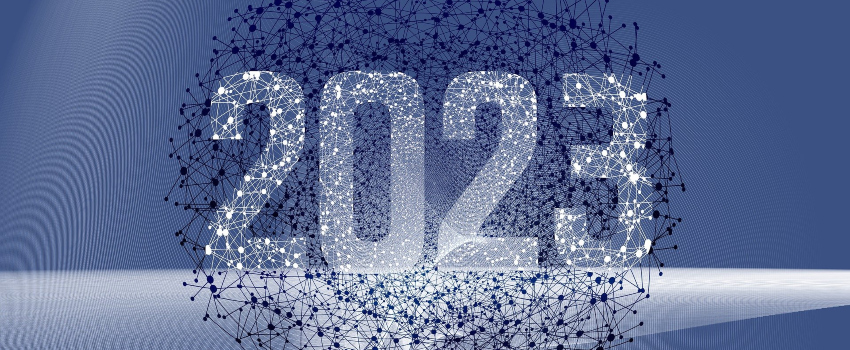
Mythbusters from Software Asset Management
In this blog, I take a look at observations that I have encountered over the last 2-3 years about Software Asset Management (SAM); ten bubbles that need bursting! These are not in order, but rather written down as they popped into my lil ol’ head.
- “I have a software contract, therefore I’m automatically license compliant.” No you are not! To be license compliant you have to account for the purchases made under that contract; and if a vendor audit is called, you might also be asked to account for those installations, which might have crept onto your network that were not made under the aforementioned contract.
- “I practice ITIL, so I don’t need SAM.” Oh yes you do! As a minimum, if you can find a license compliance process in your ITIL best practice adoption, then please get in touch and I will eat my own hat (not that I wear a hat, so I’ll eat someone else’s hat).
- “A license compliance process differs from a software audit defense process.” Nope! The reports produced should be the same; the only difference might be the scope of the report and who they are presented to.
- “I can manage Microsoft, so I can easily manage other software vendors.” In the same way that if you can speak Russian, Mandarin is but a hop away (good luck on your visit to China)! Certain license types will offer parallels, but software vendors will interpret generic terms such as “development”, “high availability,” and “failover” in very different ways.
- “I don’t need a SAM tool if I have an IT service management (ITSM) tool.” Au Contraire! A SAM suite contains a reconciliation engine that can make use of upgrade rights and downgrade rights – not something that a simple comparison of “one license equals one install” is capable of accounting for.
- “SAM is a process.” In the same way that ITSM is a process – SAM seeks to address the lifecycle of software through an organization, therefore numerous processes are required to handle each and every stage of that lifecycle (that’s not to say you cannot integrate ITSM and SAM-based processes).
- “The tool is the solution.” Only if you work in the sales department of a SAM vendor! The tool is most definitely not the solution; the solution is the solution – and the solution is comprised of people, systems, and processes. If you are in any doubt as to this, try getting your SAM suite to automate the allocation and management of your software assets (let me know how that works out for you).
- “If we’re audited by software vendor X, they won’t come back.” Don’t bet your house on this – I have heard anecdotal evidence that Oracle have the UK Public Sector on a three-year rolling hit list and are giving serious thought to doing away with giving the education sector the wide berth they have enjoyed up until now. Additionally, with the drive to the cloud and certain products reaching end-of-life, don’t be surprised to see a resolution of future audits to be based upon your company taking cloud services in lieu of former contract/compliance breaches.
- “I can automatically true down.” Guess again; if you have negotiated the right to true down your Microsoft Enterprise Agreement, then you have shown good foresight; however, Microsoft is expecting your company to grow over the life of the enterprise agreement, and growth means more devices/employees – typically, if you have not shown growth you report a zero growth return.
- “I only have to pay for software licenses if the software is being used.” Zero points to Gryffindor! Whether you use the software or not, if it’s installed then it’s considered “ready for use” and therefore licensable.
These are but a handful of some of “the pearls of wisdom” I have heard over the years – ignorance is most definitely not bliss when it comes to SAM, and the consequences of ignoring the word “manager” in your job title could see you refreshing your CV for numerous vacancies if you keep misinterpreting software vendors’ definitions of the fine print that comprises their contracts and licenses.
Are there any other myths that you can think of when it comes to Software Asset Management? Let me know!






